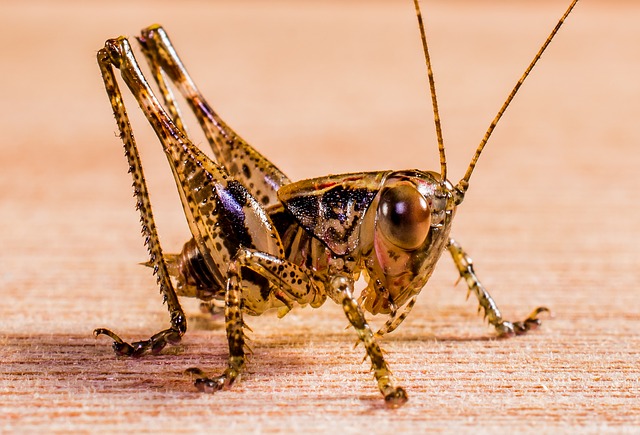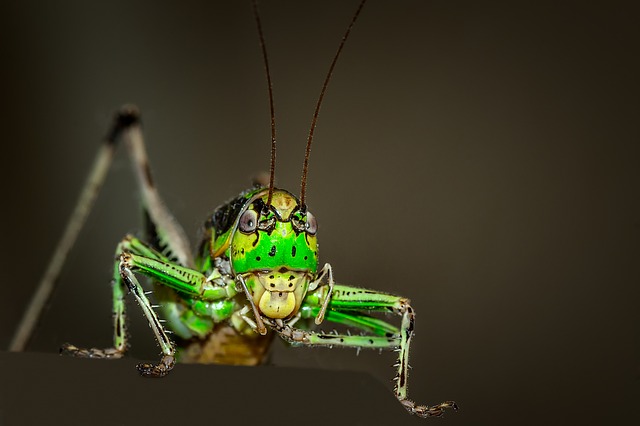Grasshopper Control

Gardening Question From Kimberly:
We live in New Mexico. Have developed a very bad infestation of young grasshoppers. Suggestions?

Answer From Pat:
Grass hoppers are ground-dwelling insects which, when conditions are just right, appear in swarms at which time they’re known as locusts. Swarms of locusts have at times changed human history and thus were featured in Biblical stories and ancient mythology. A great story is told by the Mormons of Salt Lake City. The settlers’ crops that they needed to survive the winter were being eaten by a plague of locusts. The pioneer Mormons prayed for a miracle. Luckily the seagulls from Salt Lake must have tuned in since they flew to onto the farmers’ fields in a huge flock and gorged on the locusts. Each time they filled up on the insects, they vomited and then ate more. To commemorate this miracle, there is even a statue to the seagulls. It sounds as if you might be experiencing one of those times, though without the life-threatening conditions.
Most liquid pesticides have little effect upon swarms of locusts and would do more harm to the environment than they would help you with your problem. There are some traps made but they aren’t much good either. I recommend purchasing a bag of diatomaceous earth formulated for garden use and also a hand-crank duster for applying it. Don’t forget to purchase disposable face masks so you won’t breathe the dust into your lungs. Dust your plants and the ground any time in the day after the dew dries. This kills any locusts who land on the dust. Unfortunately, diatomaceous earth is somewhat unsightly, but unless it is wet, it does work. Another detriment is that you may see the locusts’ dying agonies, which are pathetic to watch, especially for children.
A final option, which is the only possible choice for gardeners with Buddhist tendencies, is to use a physical barrier and cover edible crops or other plants with floating row covers. These work remarkably well unless the grass hoppers are hatching beneath them.

